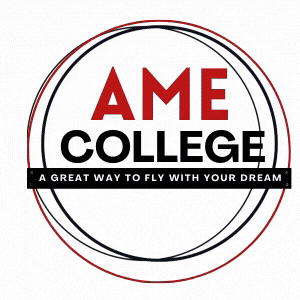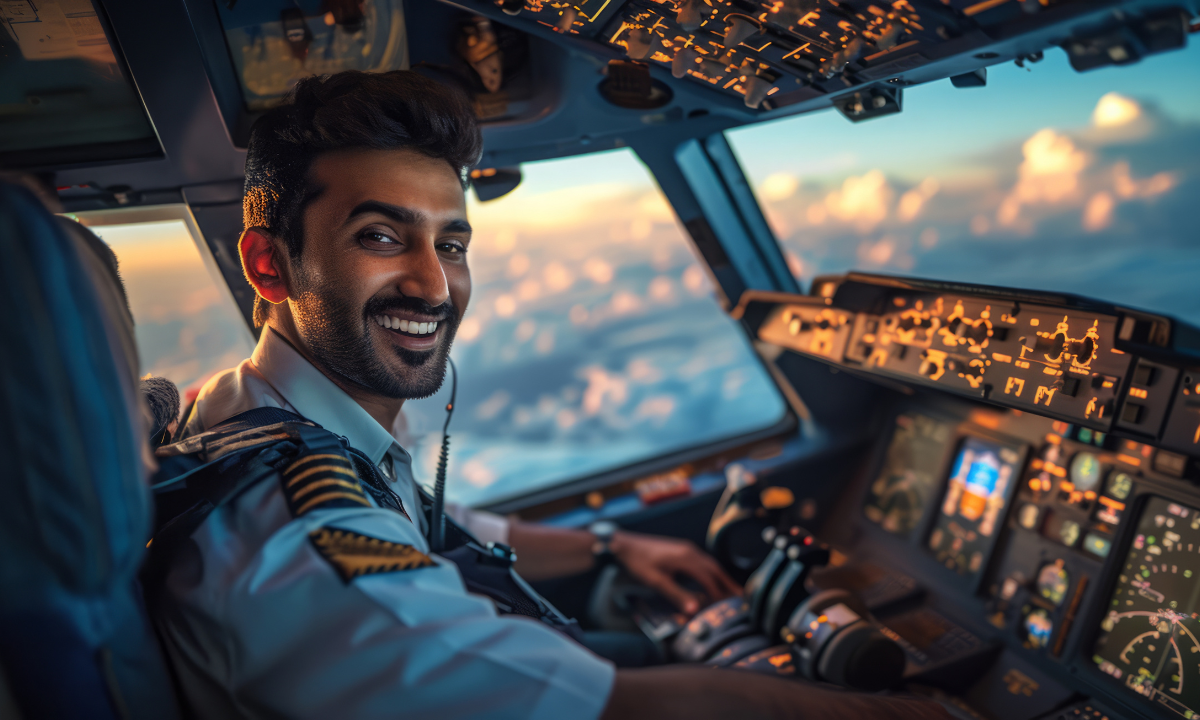If you’ve ever imagined yourself navigating the skies, commanding a sophisticated aircraft, and wearing that crisp pilot uniform, then a career as a commercial pilot could be your ultimate calling. With India’s aviation industry entering a transformative phase in 2025, the time has never been more opportune to turn your aviation dreams into reality. India is witnessing unprecedented growth in both domestic and international air traffic, which in turn is leading to a surge in the demand for well-trained, professional pilots.
In this comprehensive guide, we will walk you through every crucial step of becoming a commercial pilot, from eligibility and choosing a flight school to licensing, advanced ratings, and job placements. Whether you’re a high school graduate or a professional looking for a career change, this guide is designed to give you all the insights and clarity you need.
What Does a Commercial Pilot Do?
Being a commercial pilot is far more complex and exciting than simply flying a plane from one airport to another. A commercial pilot is authorized to operate aircraft for compensation or hire, which means you’re qualified to fly for airlines, charter services, cargo transport, medical evacuation, and even agricultural aviation like crop dusting. Unlike private pilots, who fly primarily for recreation or personal use, commercial pilots fly professionally and are responsible for the lives of passengers, the safety of cargo, and the integrity of high-value aircraft.
The job demands acute awareness, razor-sharp reflexes, and an in-depth understanding of aviation systems and weather patterns. In addition, commercial pilots must communicate effectively with air traffic controllers, co-pilots, and crew while making crucial decisions in dynamic flight conditions. The profession also offers significant perks such as international travel, exposure to global cultures, and hands-on experience with state-of-the-art aviation technology.
However, it’s essential to understand that the job also includes irregular working hours, jet lag, long absences from home, and high-pressure scenarios that test your decision-making skills. But for those passionate about aviation, the rewards far outweigh the challenges.
Eligibility Criteria and Education Requirements
Before embarking on the path to becoming a commercial pilot in India, it’s important to meet specific prerequisites laid down by the Directorate General of Civil Aviation (DGCA). These ensure that all aspiring pilots possess the foundational knowledge and physical fitness necessary for rigorous flight training.
Age Requirement: You must be at least 17 years old to enroll in a DGCA-approved flying school and 18 years old to obtain your Commercial Pilot License (CPL). Age verification through government-issued documentation is mandatory.
Academic Qualification: Aspiring pilots must have passed 10+2 or its equivalent with Physics, Mathematics, and English as core subjects. A minimum of 50% in each of these subjects is required. For students coming from non-science backgrounds, bridge courses in Physics and Math are available to meet eligibility criteria. Overseas qualifications must be certified as equivalent by the Association of Indian Universities (AIU).
Medical Fitness: Aviation requires peak physical and mental fitness. Candidates need a Class II Medical Certificate to start training, which must later be upgraded to a Class I certificate before their first solo flight. Medical tests include eyesight checks (6/6 vision is required, though corrective lenses are allowed), hearing, cardiovascular health, neurological assessments, and overall physical well-being. Only DGCA-authorized medical examiners can issue these certificates.
Additionally, excellent communication skills and a high level of proficiency in English, the global aviation language, are essential. Many aspiring pilots take dedicated courses in spoken English and ATC (Air Traffic Control) phraseology to build confidence and fluency. Regular physical fitness routines and a healthy lifestyle can go a long way in meeting and maintaining these medical requirements throughout your career.
Choosing the Right DGCA-Approved Flying School in India
Selecting a reputable flying school is arguably one of the most critical decisions in your aviation journey. With over 30 DGCA-approved flying training organizations (FTOs) across India, making the right choice can influence not just the quality of your training but also your employability in the future.
DGCA Approval: Only schools certified by the DGCA are authorized to provide CPL training that meets Indian regulatory standards. Always verify a school’s approval status on the official DGCA website.
Aircraft Fleet: Choose schools with a modern, well-maintained fleet. Aircraft like the Cessna 172, Piper PA-28, and Diamond DA-40 are popular among training academies due to their reliability and simplicity. A well-maintained fleet ensures fewer technical delays and more flying time.
Instructor Quality: Look for institutions where the instructors have logged thousands of flight hours and hold high professional ratings. Experienced instructors can provide nuanced mentorship, enabling you to build strong foundational skills and avoid common beginner pitfalls.
Infrastructure & Facilities: A quality flight school should have modern classrooms, high-quality flight simulators, library resources, weather briefing systems, and on-site maintenance teams. Hostels, cafeterias, and recreational facilities contribute to a stress-free environment conducive to learning.
Placement Records: Schools with strong industry tie-ups often facilitate campus interviews and have a higher success rate in placing students with regional and national carriers. Check alumni reviews and job placement records to gauge a school’s effectiveness.
We recommend visiting the campus before enrollment, meeting with current cadets, instructors, and administrators to get a feel for the training environment. Transparency in the fee structure, syllabus, and flying hour availability should be a top priority.
Ground School: Your First Step Toward the Cockpit
Ground school is the academic component of pilot training and sets the intellectual foundation for flight operations. This phase is intense and typically spans 6 to 8 months. During this period, cadets study aviation theory in-depth, covering essential subjects that prepare them for DGCA’s rigorous theoretical examinations.
The curriculum includes:
- Air Regulations: Familiarization with aviation laws, licensing requirements, and the functioning of regulatory bodies.
- Aircraft General Knowledge: Understanding the internal and external mechanics of various aircraft types, including engines, avionics, hydraulics, and control systems.
- Meteorology: In-depth weather theory, atmospheric science, cloud formations, storm systems, and how meteorological conditions impact flights.
- Navigation: Training in reading aeronautical charts, calculating heading and distance, plotting courses, and using navigation aids like VOR and GPS.
- Technical General: Insights into aerodynamics, aircraft structures, materials, and limitations.
- Radio Telephony: Practical use of ATC communications, emergency calls, and aviation-specific phraseology.
Success in ground school requires disciplined study habits. Many students form peer groups, use DGCA-specific question banks, and attend workshops by industry experts to gain better insight. Online simulators and mock tests are also invaluable. To pass, candidates must score at least 60% in each subject, and maintaining a daily study schedule is strongly advised.
Ground school is also where you’ll develop crucial decision-making and analytical skills. As the theoretical backbone of your career, it’s not just about passing exams but about building a mindset equipped to handle complex flight scenarios.

















